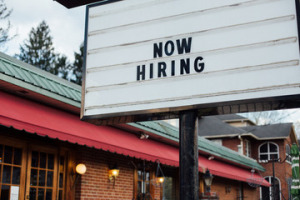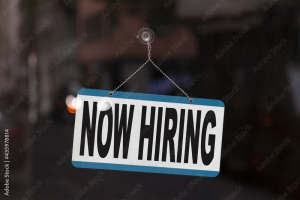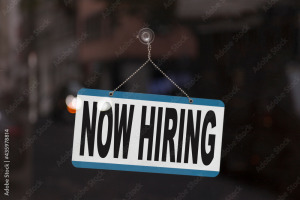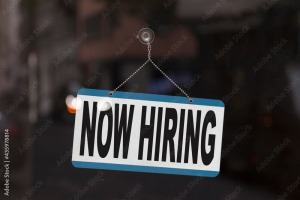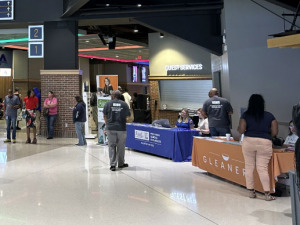
Expunging criminal record, regaining driver’s license often require assistance
Several counties across the state are working to help Hoosiers clear their records and reinstate their driver’s licenses, using expungement and driving restoration laws like those passed in many states to help residents get their lives back on track.

